Aug 26, 2019 By: rolen
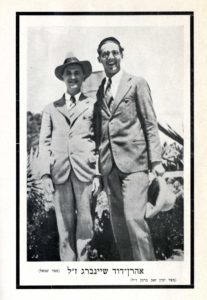 Aharon Dovid Shainberg and William Berman in Hebron
Aharon Dovid Shainberg and William Berman in Hebron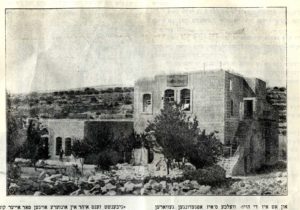 Hebron Yeshiva
Hebron Yeshiva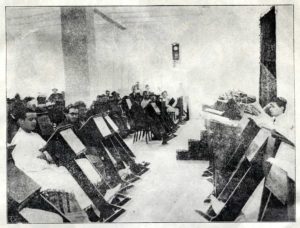 Students in Hebron Yeshiva
Students in Hebron Yeshiva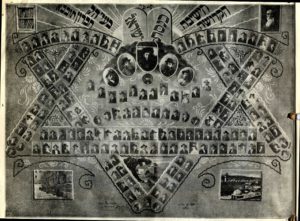 Roshe Yeshiva and students, Hebron Yeshiva, 1928
Roshe Yeshiva and students, Hebron Yeshiva, 1928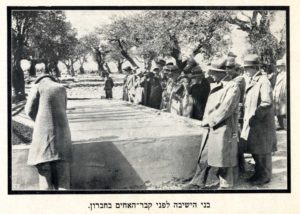 Hebron Yeshiva students at the mass grave, 1930
Hebron Yeshiva students at the mass grave, 1930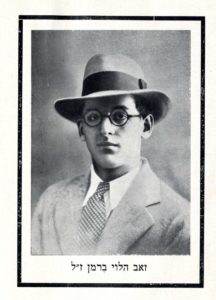 Rabbi William Berman (May 24, 1906 - August 24, 1929)
Rabbi William Berman (May 24, 1906 - August 24, 1929)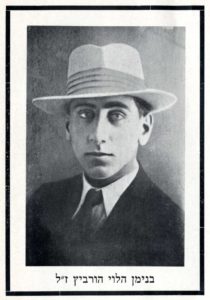 Benjamin Hurwitz
Benjamin Hurwitz(March 1910 - August 24, 1929)
